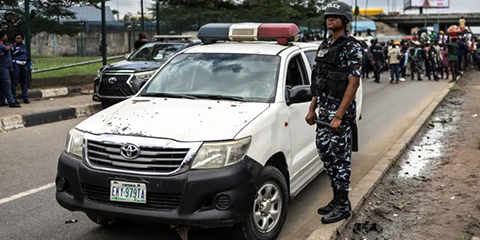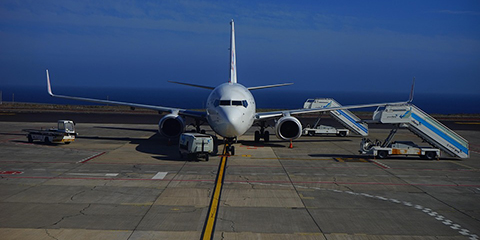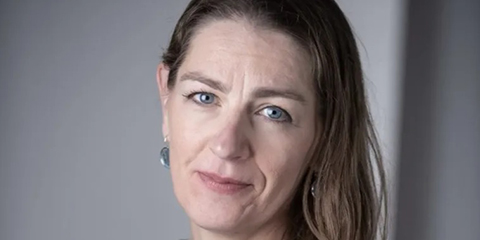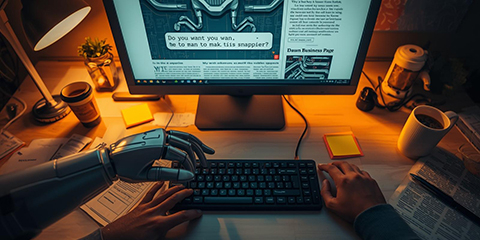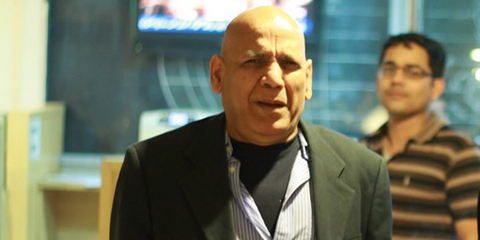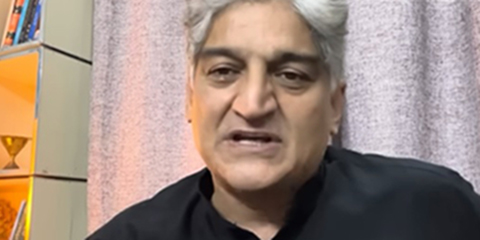A journalist’s guide to covering protests safely
JournalismPakistan.com | Published last month | JP Special Report
Join our WhatsApp channel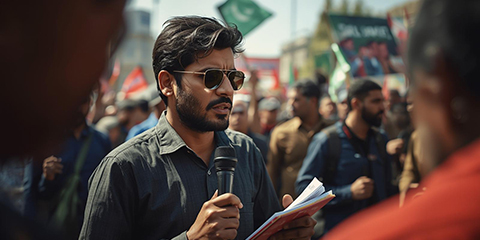
ISLAMABAD — Protests are an essential part of democratic societies, often serving as the frontline for public voices demanding change. Journalists play a vital role in documenting these events, ensuring stories are told accurately and responsibly. Yet, covering protests comes with significant risks, ranging from physical harm and arrests to digital surveillance. To report effectively while minimizing danger, journalists must prepare carefully and follow best practices on the ground.
Pre-Assignment Preparation
1. Research the Context
Before heading out, understand the issues driving the protest, key groups involved, and the possible risks. Protests can shift rapidly from peaceful gatherings to tense confrontations. Knowledge of potential flashpoints helps you anticipate challenges.
2. Plan Your Route and Exit Strategy
Always have multiple exit points in case violence breaks out or law enforcement disperses the crowd. Share your location with your newsroom or a trusted contact and establish regular check-in times.
3. Gear Up Wisely
A journalist’s toolkit for protest coverage should include:
- Press identification (though it does not always guarantee protection).
- Protective gear: helmet, goggles, respirator mask for tear gas.
- Comfortable, neutral clothing without political slogans.
- Sturdy footwear for quick movement.
- A small first-aid kit and sufficient water.
On the Ground: Safety in Action
1. Stay Neutral and Visible
Position yourself at the edge of crowds rather than the center. This vantage point allows you to observe events while reducing exposure to confrontations. Avoid participating in chants or actions that compromise neutrality.
2. Work in Teams
Whenever possible, cover protests with a partner. One can focus on reporting while the other watches the environment for risks. This buddy system also provides mutual support in emergencies.
3. Build Trust, But Keep Distance
Engage with protesters and law enforcement respectfully, but maintain professional boundaries. Over-identification with one side can increase hostility from the other.
4. Respect Digital Security
Protest zones are often under heavy surveillance. Protect your notes, photos, and contacts by using encrypted apps, strong passwords, and turning off geotagging features.
5. Avoid Confrontation
If detained, remain calm and professional. Do not argue with security forces; instead, assert your rights politely. Carry legal support numbers if working in a high-risk area.
Post-Assignment Practices
1. Back Up and Secure Content
Immediately secure your footage and notes in multiple safe locations. This ensures your reporting survives even if your devices are lost or confiscated.
2. Debrief with Your Newsroom
Share safety observations and lessons learned with colleagues. These insights improve preparedness for future coverage.
3. Take Care of Your Mental Health
Protests can be emotionally taxing. Journalists may witness violence, trauma, or intense hostility. Seeking peer support, counseling, or debrief sessions can help maintain resilience.
Why Safe Coverage Matters
Covering protests safely is not just about protecting journalists; it is about protecting press freedom itself. When reporters can document events without intimidation, societies gain access to reliable, on-the-ground accounts that inform public discourse. Journalists serve as witnesses to history, and their safety ensures that the truth is not silenced by fear or violence.
By combining preparation, awareness, and professional integrity, reporters can cover protests responsibly while safeguarding themselves and their work. In an era where misinformation and censorship are growing threats, safe and accurate coverage is more critical than ever.











